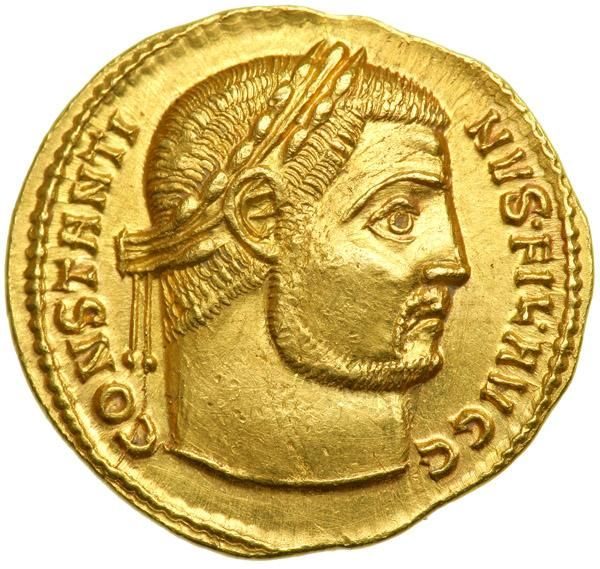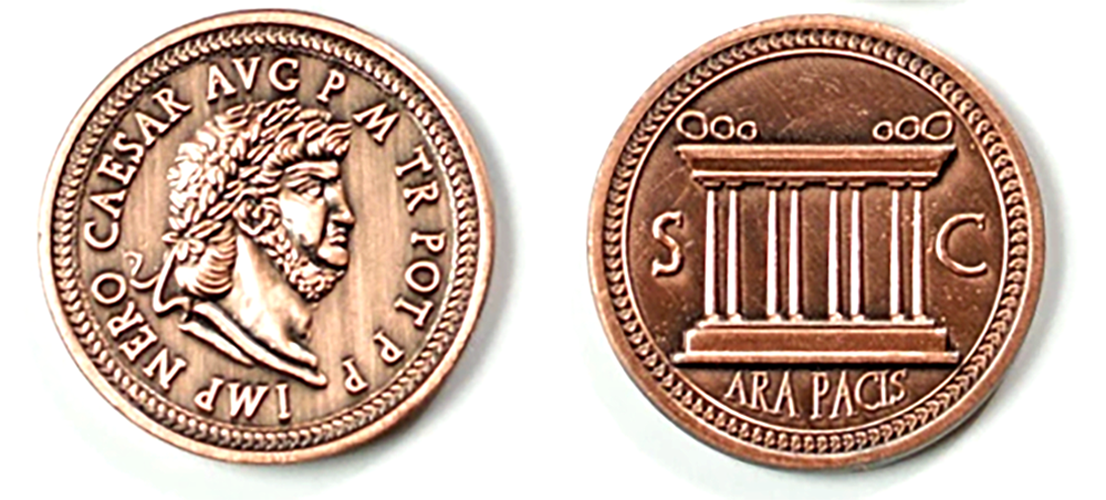

The publication of Roman Provincial Coinage volume I (44 BC–AD 69) in 1992 marked the start of this international initiative, which will comprise ten volumes in all. In setting out to write this article, I have the modest goal of helping new collectors of Roman Imperial coins to interpret the inscriptions on their coins. Summary Vehicle History Report below provided by AutoCheck. It will thus not only meet the needs of numismatists but will also be an essential reference book for historians, epigraphists, archaeologists and other students of the Roman empire. Item Description: Translate description C.330 AD Roman Empire Unable to retrieve AutoCheck Summary Report, please try back later.

The material presented is an invaluable source of information for imperial portraiture and titulature, the response of the cities to the establishment of a new political order under the Roman empire, the way the government controlled the provinces, the internal history of the cities, and the role of the provincial coinage in the economy of the Roman empire as a whole. The fall of Roman power in the West left the gold currency of the Byzantine Empire undisturbed it was to become the most dominant single influence in European coinage for 1,000 years, competing at first with the gold of the Arab caliphates and later with that of the great Italian commercial republics as well. This represents the first systematic treatment of the civic coinage at the height of the Roman empire. Coinage in western continental Europe, Africa, and the Byzantine Empire. 280-211 BC: So-called 'pre-denarius' silver coins based on those of Magna Graecia (the Greek colonies within Italy). However, for completeness, a rough chronology is listed below. The aim of this major research project is to produce a standard typology of the provincial coinage of the Roman Empire. The coins of the Roman Republic prior to 241 BC are rare and expensive and therefore unlikely to appear on this website. It presents for the first time an authoritative account of the coins minted in the provinces of the empire and shows how they can be regarded as an integral part of the coinage minted under the Roman emperors. Bronze and copper coins were used for everyday purchases whereas gold and silver coins were used for larger purchases because they had significant intrinsic value.

By decree of Caesar Augustus in 15 b.c.e, It was nearly pure silver, 9598, and had a fixed. and was made of gold, silver, bronze and copper coins. The basic silver coin of the Roman Empire was the denarius. The Roman Provincial Coinage project embodies a new conception of Roman coinage. Rome made its steps in the production of coined money against the background of Italys coinage development. Roman currency was introduced during the Roman Republic in 300 B.C.


 0 kommentar(er)
0 kommentar(er)
